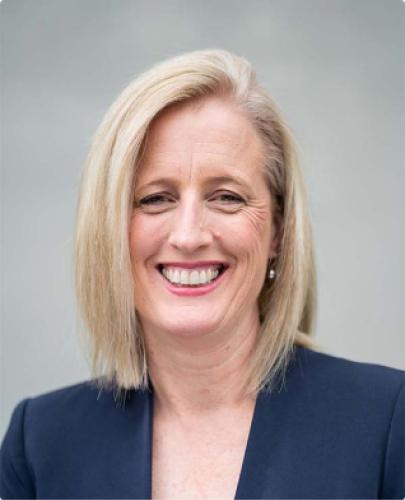Labor delivers biggest ever back-to-back surpluses
JOINT MEDIA RELEASE
SENATOR THE HON KATY GALLAGHER
Minister for Finance
Minister for Women
Minister for the Public Service
Senator for the ACT
THE HON JIM CHALMERS MP
Treasurer
The Final Budget Outcome for 2023-24 shows the Albanese Government’s responsible economic management has delivered a second consecutive budget surplus.
The Albanese Government has delivered the first back-to-back surpluses in nearly two decades.
Today’s underlying cash surplus of $15.8 billion (0.6 per cent of GDP) follows the $22.1 billion (0.9 per cent of GDP) surplus delivered in 2022-23.
In dollar terms, these are the biggest back-to-back surpluses on record.
This means Labor has delivered the largest nominal improvement in the budget position in a Parliamentary term.
Our back-to-back surpluses are helping in the fight against inflation, and that’s been acknowledged by the RBA Governor.
The government’s budget strategy strikes the right balance between fighting inflation, rolling out responsible cost-of-living relief, supporting growth in our economy and strengthening public finances.
The budget position has improved by $172.3 billion across the past two years compared to what we inherited from our predecessors.
The stronger budget position means gross debt is $149.1 billion lower in 2023-24 than what was forecast at the election, which means we avoid around $80 billion in interest costs over the decade.
The surplus is larger than what was forecast at the time of the 2024-25 Budget entirely due to lower payments, not higher taxes.
In fact, compared to what was forecast at the budget, the tax take went down, not up.
Payments are $10.2 billion lower than forecast, largely driven by lower demand for some programs and delays in some payments.
Tax receipts are $5.3 billion lower than forecast, with a challenging outlook ahead as global economic uncertainty has weighed on the prices of our key commodities.
We’ve been able to turn two big Liberal deficits into two big Labor surpluses because of our responsible approach which includes a combination of banking revenue upgrades and spending restraint.
We have returned 87 per cent of upwards revisions to tax receipts in 2023-24 since coming to Government. Our predecessors only returned around 40 per cent.
The level of real payments is now lower than what we inherited. After falling 4.9 per cent in 2022-23, real payments grew in 2023-24 by 2.9 per cent. Real spending growth under our predecessors averaged 4.1 per cent.
Since coming to Government, we’ve found $77.4 billion in savings and re-prioritisations, including $12.2 billion in 2023-24, compared to zero expenditure savings in the last budget of our predecessors.
Payments as a share of GDP were 25.2 per cent of GDP in 2023-24, lower than the 27.1 per cent of GDP forecast at the time of the election.
If we took the same approach as our predecessors, we wouldn’t have come close to delivering back-to-back surpluses.
We’ve delivered two surpluses at the same time as we’ve rolled out responsible cost-of-living relief including tax cuts for every taxpayer, energy bill relief for every household, cheaper medicines, cheaper child care and the first consecutive real increases to the maximum rates of Commonwealth Rent Assistance in three decades.
While we’ve been able to deliver these surpluses, we know that structural pressures on the budget are intensifying rather than easing.
We’ve taken decisive action to address some of the biggest structural spending pressures on the budget through our reforms to the National Disability Insurance Scheme and aged care system and our responsible budget management which means we avoid tens of billions of dollars in interest payments on the Liberal debt we inherited.
Our economic plan is all about easing the cost of living and fighting inflation at the same time as we lay the foundations for a stronger economy for the future, and back-to-back budget surpluses help on each of these fronts.
Jack Harbour 0408 492 978 | Jack.Harbour@treasury.gov.au
